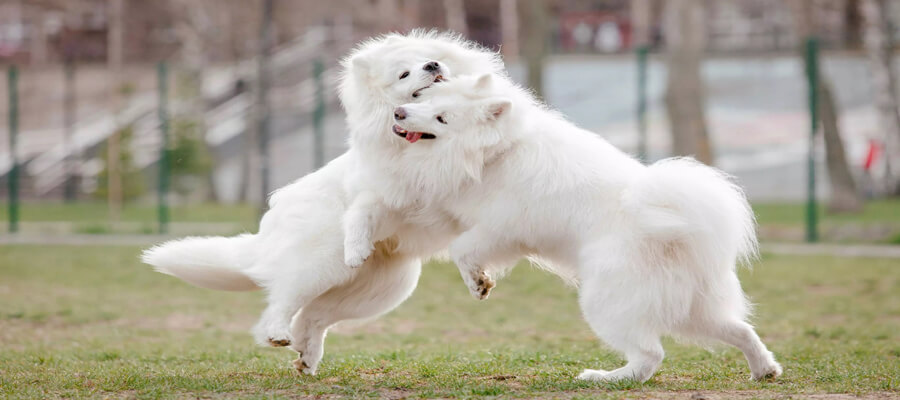
How to Handle a Dog Fight Safely
Safe Strategies for Handling Dog Fights: A Complete Guide
Introduction
Dog fights can be terrifying experiences for both pets and their owners. Whether it’s a sudden altercation at the dog park or a scuffle between household pets, knowing how to handle a dog fight safely is crucial to minimizing injury and ensuring the safety of everyone involved. This guide will equip you with the essential strategies to manage a dog fight effectively and safely.
1. Stay Calm and Assess the Situation
Why It’s Important: Your reaction sets the tone for the situation. Remaining calm can help prevent further escalation.
- Take a Deep Breath: Before reacting, inhale deeply to maintain composure.
- Assess the Severity: Determine if the fight is serious or if it can be easily broken up. Look for signs of severe aggression, such as deep bites or injuries.
2. Do Not Intervene Physically
Essentials for Your Newly Adopted Pet
Welcoming a shelter pet into your life is a beautiful journey. Here are some handpicked items to help your new friend feel safe, loved, and right at home:
Why It’s Important: Trying to separate fighting dogs physically can lead to severe injuries for both you and the dogs.
- Avoid Grabbing Collars: Pulling dogs by their collars can result in bites. Instead, use objects or tools if necessary.
- Use a Firm Voice: Shout commands like “No!” or “Stop!” to distract the dogs without putting yourself in harm's way.
3. Use a Barrier to Separate the Dogs
Why It’s Important: A physical barrier can prevent injury while breaking up the fight.
- Use a Stick or Object: If safe, use a stick or a large object to create a barrier between the dogs. This may help redirect their attention.
- Water: If you have access to a hose or bucket, throwing water at the dogs can disrupt the fight and give you a chance to separate them.
4. Create Distance
Why It’s Important: Keeping the dogs separated is essential for safety.
- Leash the Dogs: If you can do so safely, put a leash on each dog from a distance to pull them apart.
- Lead Them to Separate Areas: Once leashed, gently lead them to opposite sides of the area to cool down.
5. Monitor Body Language
Why It’s Important: Understanding the dogs’ body language can help prevent further conflict.
- Look for Signs of Aggression: Watch for growling, raised hackles, or stiff body postures. These are indicators that a dog may still be on edge.
- Watch for Signs of Relaxation: If the dogs begin to relax (e.g., lowering their heads or tails), it may be safe to gradually reintroduce them.
6. Consult a Professional
Why It’s Important: Professional help can provide long-term solutions to prevent future fights.
- Seek Training Advice: A certified dog trainer or behaviorist can offer guidance on managing aggression and improving socialization.
- Consider Behavior Modification: If a dog shows consistent aggressive behavior, a behavior modification plan may be necessary.
7. After the Fight: Assess Injuries and Provide Care
Why It’s Important: Addressing injuries promptly can prevent complications.
- Check for Injuries: Examine both dogs for any wounds or signs of distress. Look for bleeding, limping, or unusual behavior.
- Take to a Veterinarian: If you notice any injuries, take the dogs to a veterinarian for a thorough examination, even if the injuries appear minor.
8. Prevent Future Fights
Why It’s Important: Preventing fights is crucial for the safety of your dogs and others.
- Socialization: Ensure your dogs are well-socialized with other dogs from an early age.
- Training: Regular obedience training can help reinforce positive behaviors and improve your dogs' responsiveness to commands.
- Avoid High-Stress Situations: Identify triggers that may lead to fights (e.g., crowded areas or aggressive dogs) and avoid them when possible.
Conclusion
Handling a dog fight safely requires quick thinking, calmness, and strategic action. By remaining composed and utilizing the right techniques, you can protect your pets and yourself during an emergency. Understanding dog behavior, providing proper training, and seeking professional guidance are essential steps in preventing future incidents. Remember, your priority is the safety of everyone involved—both dogs and humans.
Affiliate Products
We may earn a small commission when you shop through our links — it helps us keep sharing love and care for every dog out there, at no extra cost to you.
Up to 75% Discount

Dog Collar with Health Monitoring
BUY NOW »


